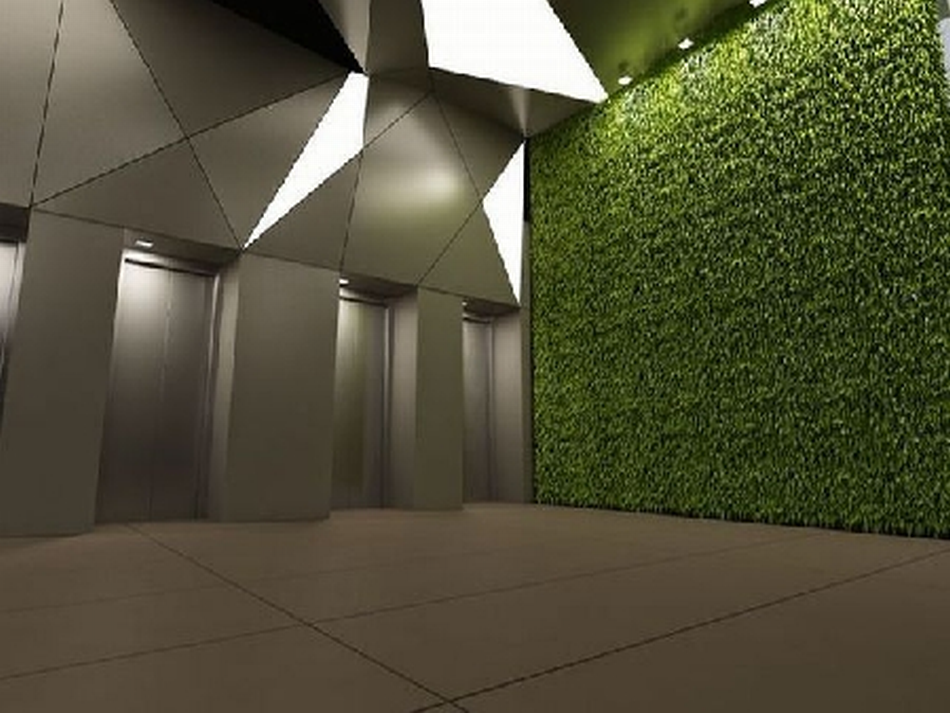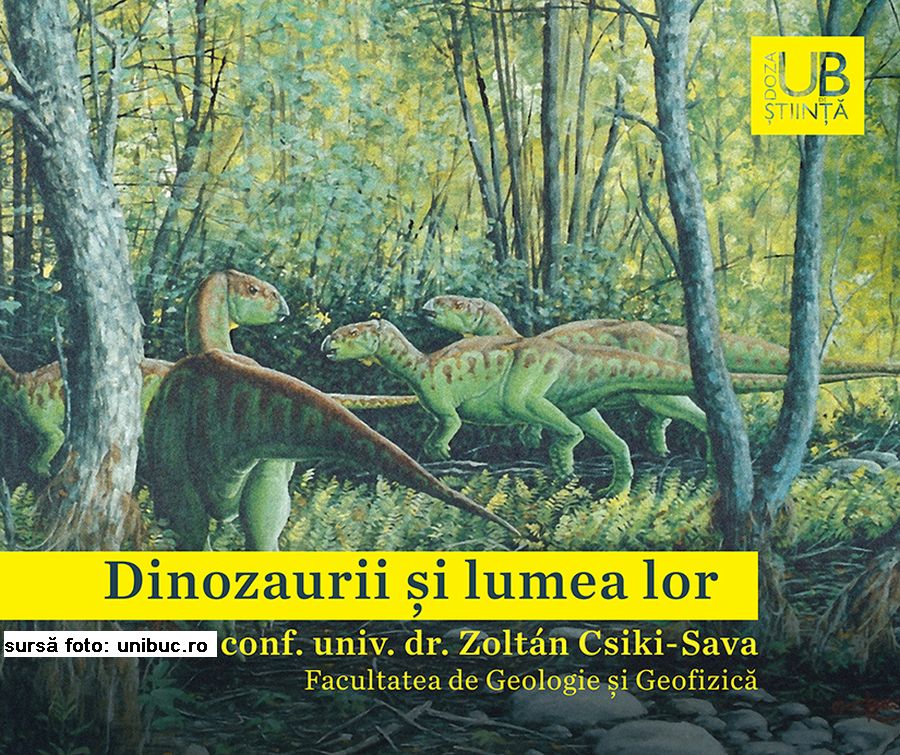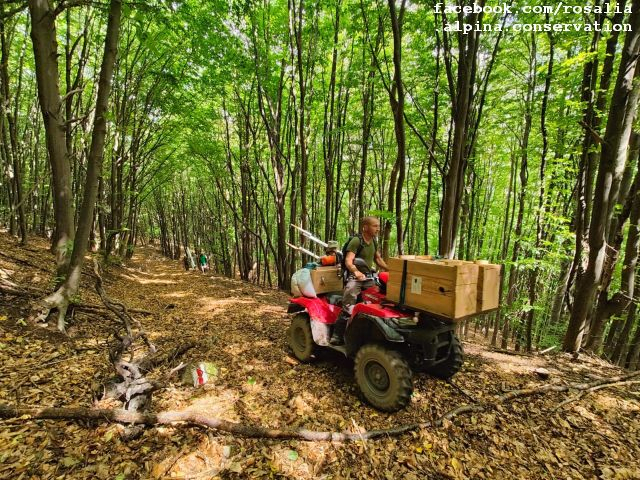The buildings of the future…greener and greener
In Romania there are 65 projects for energy efficient buildings with a low impact on the environment.

România Internațional, 26.07.2013, 13:15
In Romania there are 65 projects for energy efficient buildings with a low impact on the environment, shows a recent report made by the Romanian Council for Green Buildings in cooperation with the NAI Romania Company. Of these buildings, 17 are certified internationally while 48, which benefit from energy auditing, are included in class A. The buildings identified account for 5% of the total number of buildings erected between 1990 and 2013. They are located both in Bucharest and across Romania, mainly in the big cities. The City Hall of Bucharest’s sector 1 had an important contribution to developing green buildings in Bucharest, according to Ion Brad, the president of the Local Council:
Ion Brad: “In 2006 we started to promote the idea of thermal insulation of blocks of flats. So far we have managed to insulate around 410 blocks, insulation works are in full swing at another 200 blocks and we expect works to end by yearend and in 2014 we also intend to insulate another 200 blocks of flats. This action is meant to reduce energy consumption and the amount of CO2 levels in the atmosphere. Last month we passed a draft resolution under which we will mount photovoltaic panels on the roofs of all schools in sector 1 with a view to ensuring lighting, we’ll also mount other panels meant to produce the necessary thermal energy for heating and hot water supply”.
A large part of the green buildings in Romania are located in Bucharest. Crystal Tower is certainly one of the most interesting such buildings. It received the award of the Green Building professionals Association in Central and Eastern Europe for the BREEAM certification. The Building Research Establishment Environmental Assessment Method known as BREEAM is the oldest and most important instrument of assessing green buildings at international level, launched in 1990 in Great Britain. Mihaela Draghici is a representative of Crystal Tower:
Mihaela Draghici: “The Crystal Tower Project is the first in Romania to receive the BREEAM excellence certification. The building has a modern architectural design, it is sophisticated and elegant, protects the environment and has a low energy consumption. The building is equipped with special technological facilities, most of which have been introduced in Romania for the first time. Among these we can mention the double curtain wall, which has incorporated an intelligent shading system controlled by solar sensors for solar protection and thermal insulation. The building also boasts a VRV2 ventilation system or the state-of-the-art Building Management System which controls, monitors and optimises the building’s facilities. The Crystal Tower is both a green building and a very safe one, its resistant structure being of rigid reinforcement concrete. This is one of the safest buildings in Romania, designed to resist earthquakes measuring up to 8.5 on the Richter scale”.
The building has been designed so as to meet the requirements of companies and individuals providing a wide range of services and facilities: office space, conference halls, a restaurant, bars and cafés. All these are situated on the 15th floor, whereas the fitness and spa centres are located on the 14th floor. Crystal Tower also has a parking area, 4 underground levels and last but not least a heliport on the roof. Crystal Tower is actually the only private building in Romania to have a heliport.
The Romanian legislation allows for tax deductions for those buildings for whose construction or reconstruction green technologies were used. The representative of the Romanian Council for Green Buildings, Liza Manolea, will call on the authorities to introduce such tax cuts, in an effort to boost the construction of green buildings.
Liza Manolea: ”We suggest two types of tax cuts: a basic rate and additional deductions. Basic deductions are operated based on international certification and on the energy performance classification. The additional cuts are operated based on other criteria, such as emissions of nitrite oxides from the heating stations, drinking water consumption, (the less water you use, the most significant the tax cut is), the management of rain water; another criterion is the use of a thermo-graphic inspection, to indicate how safe your building is.”
Experts claim the liberalisation of the energy price will give an impetus to the construction of green buildings. Theoretically, by the end of 2020, all new construction projects should be zero-energy buildings which means zero net consumption of energy and zero emissions of carbon dioxide).






























